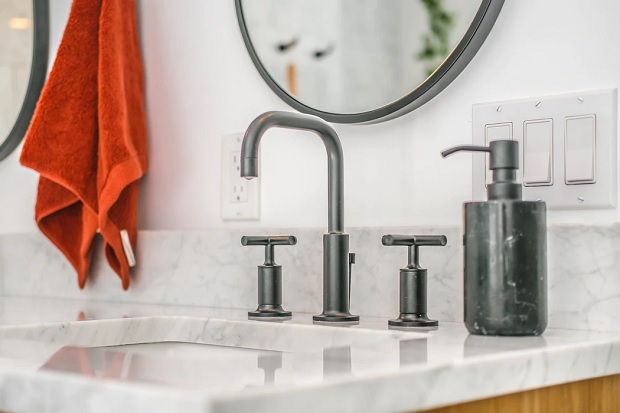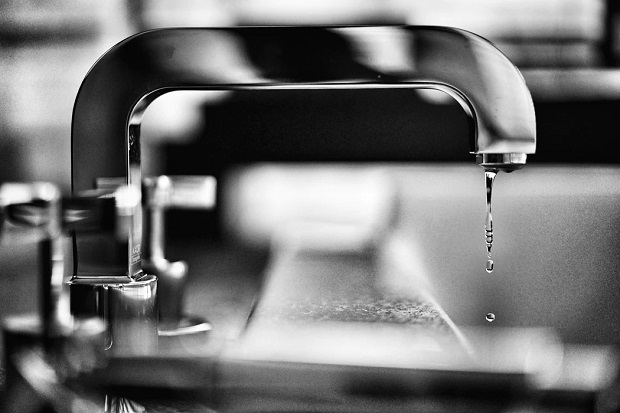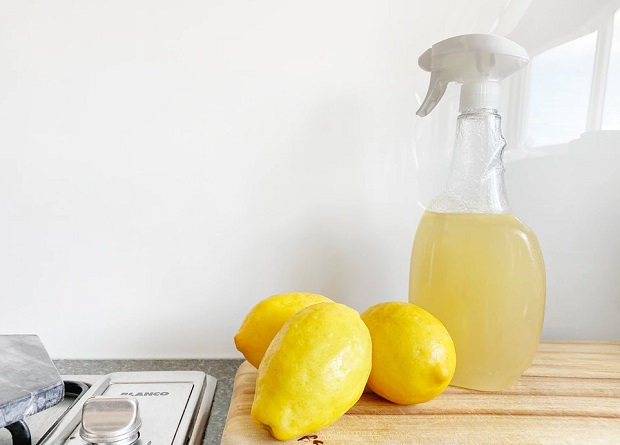Limescale Remains a Severe Problem for Everyone

Limescale Remains a Severe Problem for Everyone
Limescale remains a severe problem for everyone, irrespective of whether you are from a soft or hard water region. Your faucets, sinks, and bathrooms will most likely end up with traces of limescale. Notably, it is both unhygienic and unsightly; hence old and new homeowners continue to explore ways on how to remove limescale.
You could be part of the bandwagon. While this is something that you will always want to get rid of, the process is notoriously complicated and sometimes looks impossible. But now that you landed on this post, you do not have to worry, as we will discuss how you can effectively prevent or remove limescale.
But before that, let’s understand the process of limescale formation.

What Is Limescale?
It is a white, chalky, or hard substance that forms in kettles, taps, sinks, or shower screens. It is a calcium and magnesium carbonate product that often forms calcium carbonate, the scientific name for limescale. It is more prevalent in hard water areas and builds upon surfaces that come into contact with hard water. And with over 60% of the UK known for hard water, limescale remains a severe problem in the UK, Europe, and globally.
Is Limescale Bad for You?
Hard water contains an array of elements that your body needs for various processes. However, the mineral deposits are terrible for your home, since they are hazardous for your systems and appliances.
But more hazardously, limescale will possibly tamper with your plumbing systems. The buildup can cause blockages in pipes and taps. You will also need to look out for the hard water in your home appliances such as dishwashers, kettles, washing machines, and more. Undoubtedly, you do not want to ruin your systems.

Tips On How to Prevent Limescale
Prevention is often the best way to deal with the limescale menace, and the most effective way to prevent it is to soften the water that passes through your systems and appliances. You can avoid calcium carbonate deposits through the following methods;
- Water Softener
Investing in a water softener becomes a priority if you want to prevent limescale. Water softeners come in liquid and powder forms, and you can appropriately install a softener at your home’s water supply point so that you protect your lines and its appliances from limescale.
- Magnetic Descalers
Water pipes are incredibly susceptible to limescale buildup, which may lead to blockages if not addressed. Clamping descalers onto the outside of the water pipes will prevent limescale formation.
- Carbon Water Filters
Applying water filters on your taps and showerheads will reliably prevent limescale by getting rid of the hardness as the water flows through.

4 Easy Ways of Removing Limescale
While preventing calcium carbonate buildup often works, it is impossible to keep your systems and appliances free from mineral buildup. And even if you use any of the aforementioned preventive methods, limescale will build up over time, mainly if you live in hard water areas. For that reason, it is essential to explore the following removal methods;
1. Lemon and Vinegar
Both lemon and white vinegar contain citric acid, which will effectively break down calcium carbonate. For lemon, cut the lemon fruit and rub it into the surfaces containing limescale and leave for about one hour. Scrub the shells and rinse. On the other hand, you can use vinegar undiluted or half diluted.
2. Fabric Softener
Apart from their usage for prevention mineral deposits, fabric softeners are also great stain removers. Pour a few drops of your preferred fabric softener in a container of water and use it to wipe your tiles and sinks. Leave it for a few hours and rinse.

3. Coke / Coca-Cola
Phosphoric acid, present in Coke / Coca-Cola, is a powerful compound that can eradicate rust and calcium carbonate deposits. It is an incredible way to remove limescale from the toilet bowl.
4. Buttermilk
Buttermilk is also useful for removing calcium carbonate. Put a tea towel moistened with buttermilk on an area with limescale and leave overnight. Rinse away and get rid of the limescale the following day.

Use A Professional Limescale Remover
If the above options do not work, you will need to use a tried and tested professional limescale remover. These professional removers are highly concentrated descaling solutions suitable for removing limescale in all your systems and appliances. You can use them in taps, showerheads, toilets, bathtubs, and shower walls. Besides, these solutions will also handle rust, verdigris, uric acid, and other stays.
| Guest Article.





